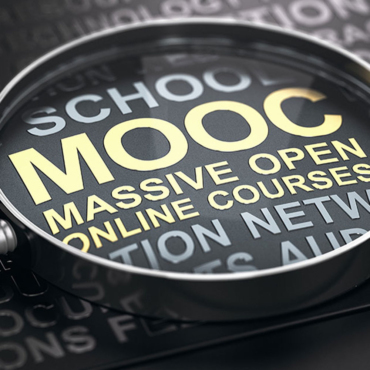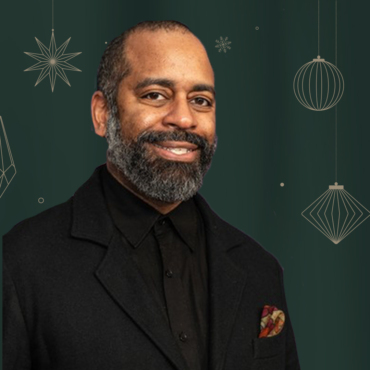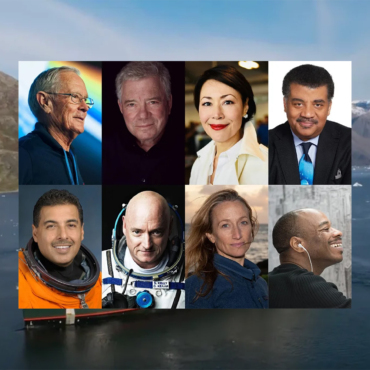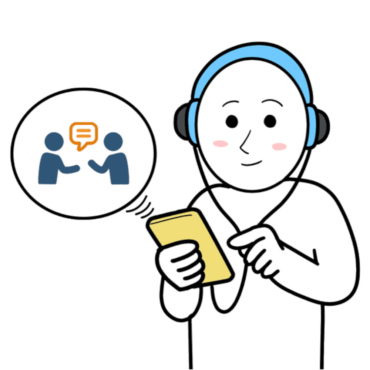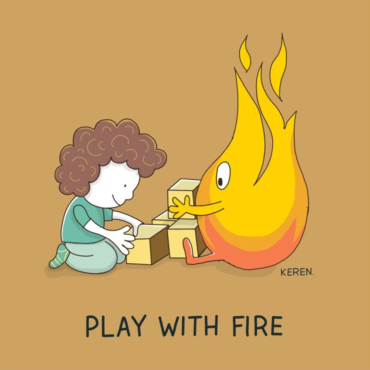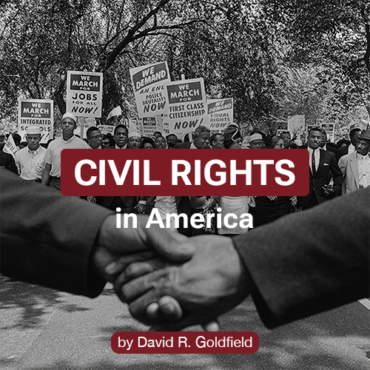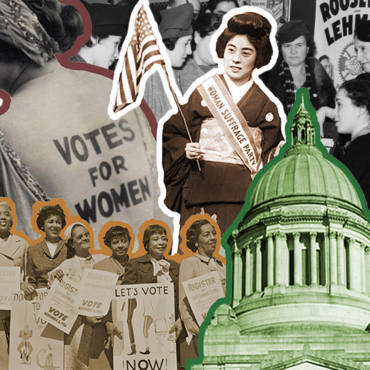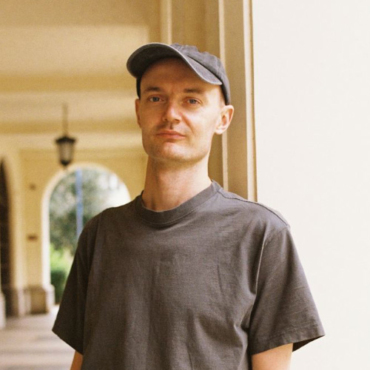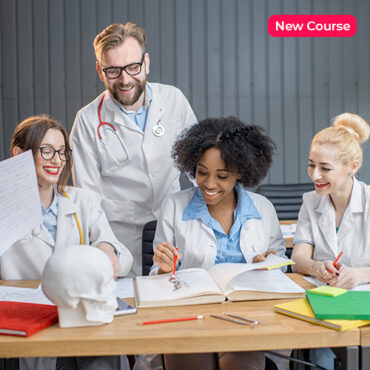For six months, the American Center has been hosting book club meetings. Participants discuss not fiction but books on leadership, strategy, and business development. The inspirer and host of the Business Book Club, co-owner of the e-commerce agency World e-Com Egor Ryasov, told us how he came to reading through dyslexia, why he loves American business literature, how he started leading the book club, and gave some advice to those who want to create their own.
About Himself, Education, and Work
My family is from the small town of Bogushevsk in Belarus. At a young age, I won a scholarship program and moved to study in the UK, where I graduated from Loughborough University in “Retail, Marketing, and Management” (one of the best universities according to The Guardian) with honors. While studying for my bachelor’s degree at Loughborough, I went to the USA through an academic mobility program.
I founded and co-own the e-commerce agency World e-Com, as well as several other businesses. I have been engaged in entrepreneurship as my main activity since 2020. Before that, I worked as a development director at a Finnish fashion company, as well as at international companies IBM and PwC. Thanks to remote work opportunities, I have been able to live in several countries, and now I live in Spain.
About the USA and Working with Americans
Besides academic mobility during my university studies, I have visited and even lived in the USA many times – I went on a tour of New England with a football team, ran the New York Marathon, and also participated in the Work and Travel USA program. Each of my visits to the USA was special.
For work, I have many American partners and clients; without them, it would be difficult for me to imagine my business and career. The American Center gives me a platform to communicate with smart and curious people on interesting topics, and I really like all the book club participants. Moreover, I see cooperation with the American Center as an opportunity to help the Belarusian community of self-developing enthusiasts and entrepreneurs, and to contribute to its development through the study of business literature.
About Reading and Dyslexia
Of course, reading is important. You live someone else’s life, immerse yourself in someone else’s thoughts, and develop completely new ways of thinking. But as for constant reading… I’ll tell you a secret about myself: I’m dyslexic*, so I always hated reading! I always forced myself to do it through willpower. I had to read the same page several times. Then I learned about special books for dyslexics and my life changed for the better. These are special books with uneven letters and large fonts.
*Dyslexia is a feature of information perception, characterized by a selective impairment of the ability to acquire various skills (for example, reading and writing). Simply put, people with dyslexia have difficulty “decoding” words.
On How to Read More
I am just as human and understand that there are many distractions around. There is always a lot to do, and even more temptations. You need to engage yourself, like with sports. I have a social media limit set on my phone – 15 minutes a day for everything. I also spend a maximum of 15 minutes reading news on Bloomberg Business. And in the remaining free time from work and household chores, I try to read books.
On Creating a Book Club
After graduating and while working at IBM, PwC, Mecaux, and other firms, I often avoided reading, especially non-fiction literature. Books for dyslexics are hard to find, and there is never enough time. But I decided to force myself to read daily finally. To avoid the possibility of “slacking off,” I took on responsibility in front of other people. This is how the idea of creating a book club came about, where you need to prepare for meetings, read material, and analyze it. This helps in remembering books.
About the Business Book Club
I chose this field because it interests me the most and because it helps in development. I think all business books can be divided into two categories: more practical and more theoretical.
Practical ones help us learn from others’ experiences, from others’ mistakes, and form the vision needed in all areas of activity. Among the practical ones, I would like to note “Elon Musk: Tesla, SpaceX, and the Quest for a Fantastic Future” by Walter Isaacson and “Shoe Dog: A Memoir by the Creator of Nike” by Phil Knight.
Theoretical ones form new ways of thinking, new theories, and structure experience in the mind. Among the theoretical ones, I would highlight “The 7 Habits of Highly Effective People” by Stephen Covey and “Skin in the Game” by Nassim Taleb.
On the Practical Benefits of Business Literature
I have read many books and am confident that they have helped me a lot. At the very least, I started thinking more broadly and gained new perspectives. Moreover, many things from books I applied in my career and business, especially those related to sales and personnel management.
No matter how much you read, you always need to remember that simply reading is not enough; you need to force yourself to apply ideas from these books in life. It’s like with sports – you won’t lose weight in one workout; you need to train constantly. You also need to train the brain muscle, specifically through the implementation of ideas from books.
About American Business Literature
I always try to read in the original language if possible. I have always liked American business literature the most. America made me fall in love with it because, in conversations, as in business literature, there is no embarrassment, everything is very frank. There is a lot of practical experience in the books, and business people talk about their feelings, anxieties, and doubts, so you fully experience the experiences of American businessmen.
About the American Center’s Business Book Club
The feedback from club participants is very pleasant to me. Many come and actively participate every week, lead interesting discussions, and open new perspectives on books that I thought I had already fully considered.
Not everyone reads the books, but it is not necessary because I tell the main ideas of the book in between discussions in breakout rooms. So come even if you don’t have time to read the book before the discussion!
Here are the books we have already discussed: “The 7 Habits of Highly Effective People” by Stephen Covey, “Radical Candor: How to Get What You Want by Saying What You Mean” by Kim Scott, “Never Split the Difference: Negotiating As If Your Life Depended On It” by Chris Voss and Tahl Raz, “Shoe Dog: A Memoir by the Creator of Nike” by Phil Knight, “Lean In: Women, Work, and the Will to Lead” by Sheryl Sandberg, “Rich Dad Poor Dad” by Robert Kiyosaki and Sharon Lechter, “Blue Ocean Strategy” by W. Chan Kim and Renée Mauborgne, “How to Win Friends and Influence People” by Dale Carnegie, and “Becoming: A Guided Journal for Discovering Your Voice” by Michelle Obama.
And here are the books we will discuss at future meetings:
- “No Rules Rules: Netflix and the Culture of Reinvention” by Reed Hastings, Erin Meyer;
- “Losing My Virginity: How I’ve Survived, Had Fun, and Made a Fortune Doing Business My Way” by Richard Branson;
- “The Black Swan: The Impact of the Highly Improbable” by Nassim Nicholas Taleb;
- “Pour Your Heart Into It: How Starbucks Built a Company One Cup at a Time” by Howard Schultz and Dori Jones Yang;
- “Influence: The Psychology of Persuasion” by Robert B. Cialdini.
Join us! You can register via the link.
Tips for Those Who Want to Create Their Own Book Club
- Do not run a book club if you are not ready to read a lot of books and make detailed notes on them. Reading summaries will not be enough; participants will quickly see through you and nothing will work out. Reading and note-taking takes a lot of time. Be prepared for this!
- You need to love the book club, just like anything else you invest in. Each time you prepare material and presentations, it takes a lot of time. If you don’t love it, nothing will work out.
- Besides reading, you also need to successfully run meetings. To ensure everything goes well, you must give participants the opportunity to communicate and discuss ideas from the books.
- Einstein is attributed with saying, “If you can’t explain it to a six-year-old, you don’t understand it yourself.” I don’t know if he said these words, but it’s true. You need to understand the ideas of the books in great detail to retell them in simple words. So that meeting participants who have not read the book can understand its essence in a short time and participate in the discussion.
- Participation in book clubs allows people to learn different opinions about books. Comparing lessons from books with personal experience in business and careers plays an important role for them. Therefore, it is very important to refer to your own experience in discussions.
